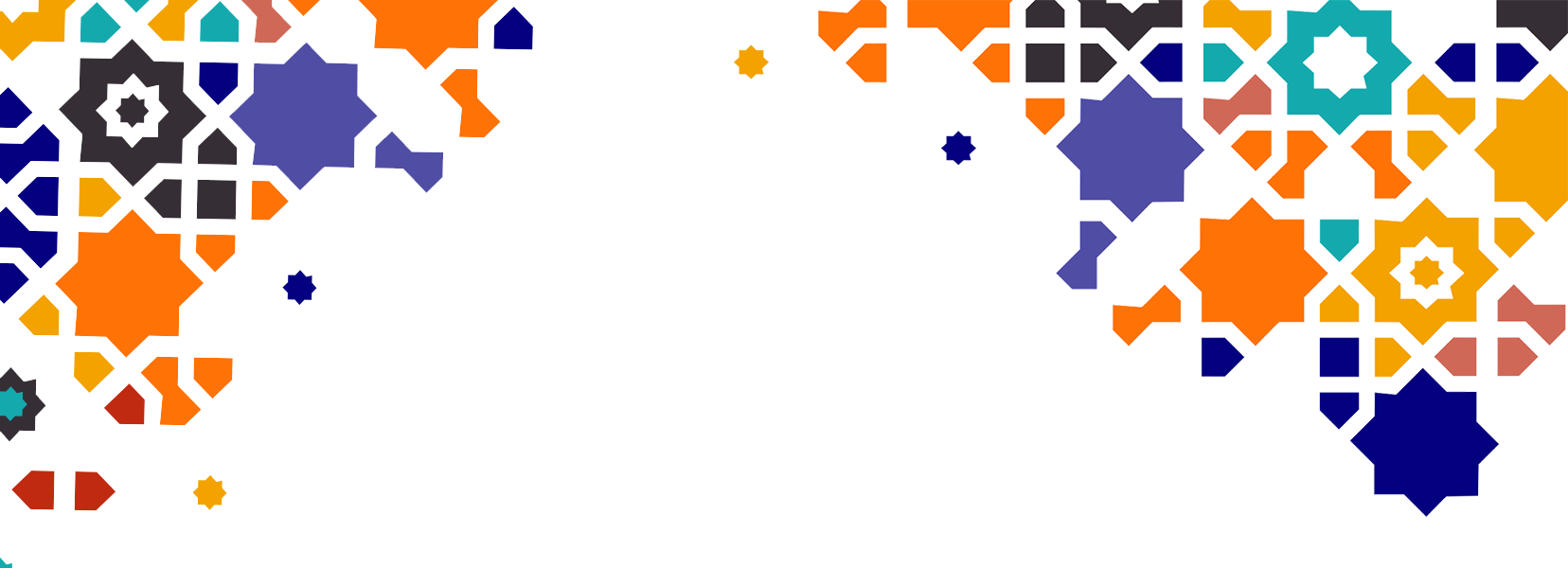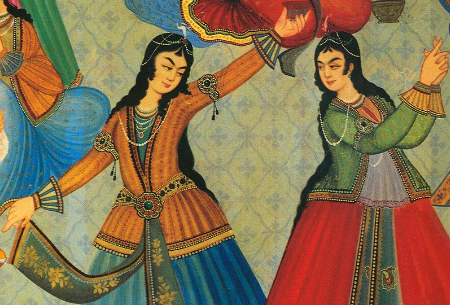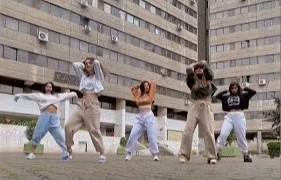
Iranian hearts soar to the rhythm of the dances

There are many forms of dance in Iran, but one of the most widespread is "improvisation". This variety of dance is very popular in Iran, especially on happy occasions such as weddings. What makes it so special is that the dancers avoid direct physical contact. For example, even couples don't hold each other by the waist, as is often the case in the Occident. What's more, the movements of these dances are not choreographed in advance.
The most famous dance is "Tehrani" (raqs-e tehrânî), influenced by the traditions of Uyghurs, Uzbeks, Turks, Armenians and Eastern Mediterranean peoples. Tehrani dance emphasizes arm movements, held at shoulder level, and values facial expressions, as well as subtle movements of the lower body and hips. Movements are improvised to music with a 6/8 rhythm, known as reng.
Hands off, no dancing allowed
In 1979, the Iranian revolution brought down the monarchy of Mohammad Reza Shah Pahlavi, the last king of Iran. Following this, Ayatollah Khomeini came to power and established a theocratic regime in Iran, based on Sharia law: this was the beginning of the Islamic Republic of Iran.
Restrictions are numerous, and those imposed on traditional Iranian dance are harsh. Under Islamic law, women are forbidden to dance alone in public, or to take part in mixed dances.
However, since the protest movements triggered by the tragic death of Mahsa Amini in 2022, dance has become a powerful means of expression against the regime, for both men and women. Despite the risks of repression, many Iranians use dance as a form of protest to defy the regime and demonstrate their desire to be free. In the streets, in markets and on social networks, women are dancing to symbolize their fight for freedom and equality.
Dancing for women, life and freedom
A few months ago, an Iranian cab driver became an unexpected anti-regime icon after his dances in a fish market went viral. At the age of 70, the man, nicknamed "Uncle Sadegh", regularly draws crowds to the coastal town of Rasht with his singing and dancing. Recently, one of his videos caused a huge stir on Iranian social networks. However, the authorities judged his actions to be in violation of Islamic norms. "Uncle Sadegh" was therefore arrested and his Instagram account, which has over 675,000 followers, temporarily suspended. In response, thousands of Iranians began sharing videos as a sign of support. Faced with growing public pressure, the authorities finally released Mr. Sadegh and removed the ban from his Instagram account.

Another case: five young women dancing to the song "Calm Down" to celebrate Women's Rights Day. Filmed in Tehran's Ekbatan district, the video has gone viral. The young women are seen wearing crop tops, with their hair free and dancing - a violation of current Islamic regulations. The dance provoked a reaction from the authorities, who used CCTV footage to identify and arrest the dancers. They were briefly detained and forced to express regret in a video before being released.

The next dance
Every day, Iran reveals a new facet of its identity, driven by the aspirations of its youth for greater freedom. This momentum is largely fueled by Iranians' vision of a West where democracy and individual freedom rule. Thanks to technology, and in particular VPNs enabling them to bypass social networking bans, Iran's youth are connecting with the world, discovering different ways of life and forging their determination to change their country. So, on every street corner and in every house where music is heard, dance becomes a declaration of love for a better future. Each step in this direction is the choreography of the next Iranian dance: that of a prosperous, united and peaceful Iran.
Sources :
https://fr.wikipedia.org/wiki/Danses_d%27Iran
https://www.journaldesfemmes.fr/societe/actu/2097752-en-iran-danser-est-un-crime/
https://www.youtube.com/watch?v=kP9j70fdzP0
https://www.ft.com/content/39b47e62-001d-48c5-8c17-e6568d9160af
https://www.iranintl.com/en/202303147109

